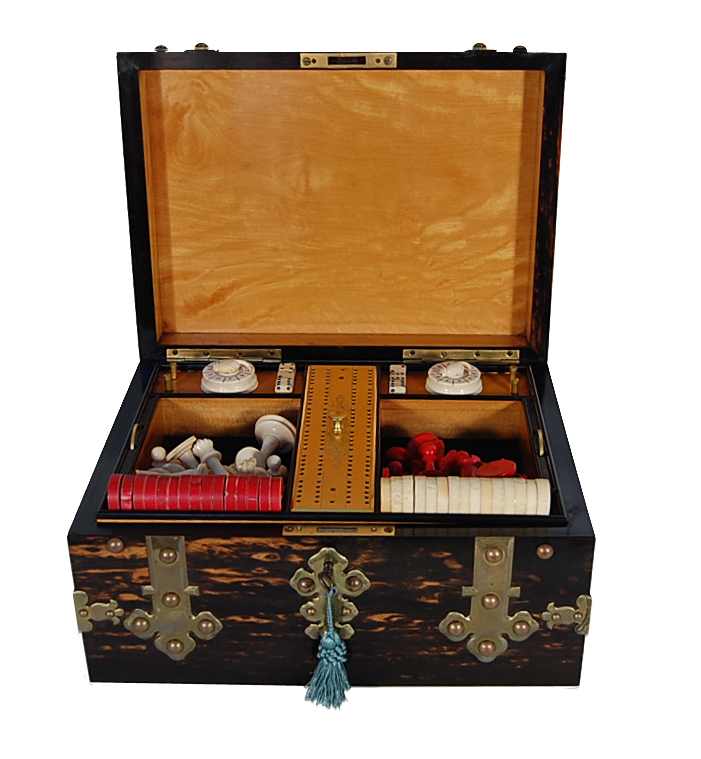

His work for this newspaper took him out and about, and Owens saw that farmland was being developed at a remarkably rapid pace. After a spell in the Peace Corps as a teacher, Owens returned to California, and in 1968 found work as a photographer for the Livermore Independent. Indeed, he fared poorly at San Francisco State University, where he disagreed with his tutors, eschewing formal values for an attempt to practice visual anthropology. Furthermore, Owens possessed an aversion to photography as a fine art form.

Raised on a farm, by parents who themselves had migrated from Oklahoma to flee the demise of farming in the Dustbowl, Owens was aware of both re-location, and the agricultural landscape. Retrospectively, Owens was the right man in the right place, several factors in his life contributing to the conception of the 'Suburbia' photographic project. Frank and uncontrived, this collection of images avoids cliches to offer an insightful study of fledgling American dreams in the 70s. Without cynicism, he used his camera to record the developing suburban environment, and to study the idiosyncratic interior decoration, optimistic occupants, and their social gatherings. Aware that he was in the midst of a social phenomenon, Owens began to photograph this latest wave of settlers in the West.

Born in San Jose, California, at the tail end of the Depression years, the young Bill Owens witnessed the creation of suburbia in the 'Sunshine State'.


 0 kommentar(er)
0 kommentar(er)
